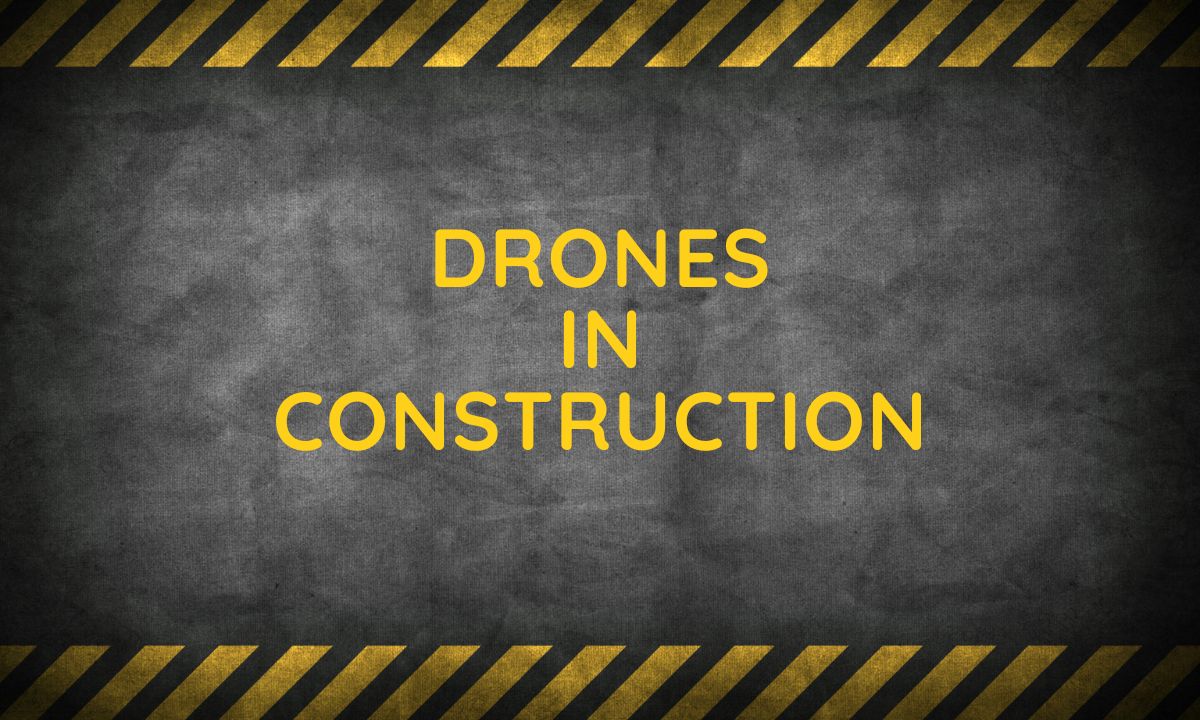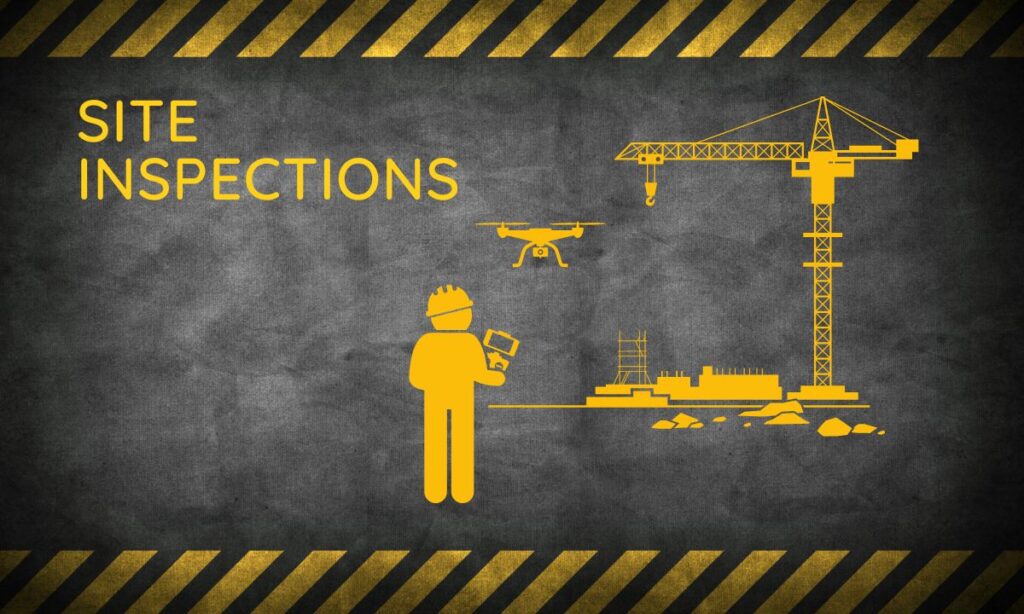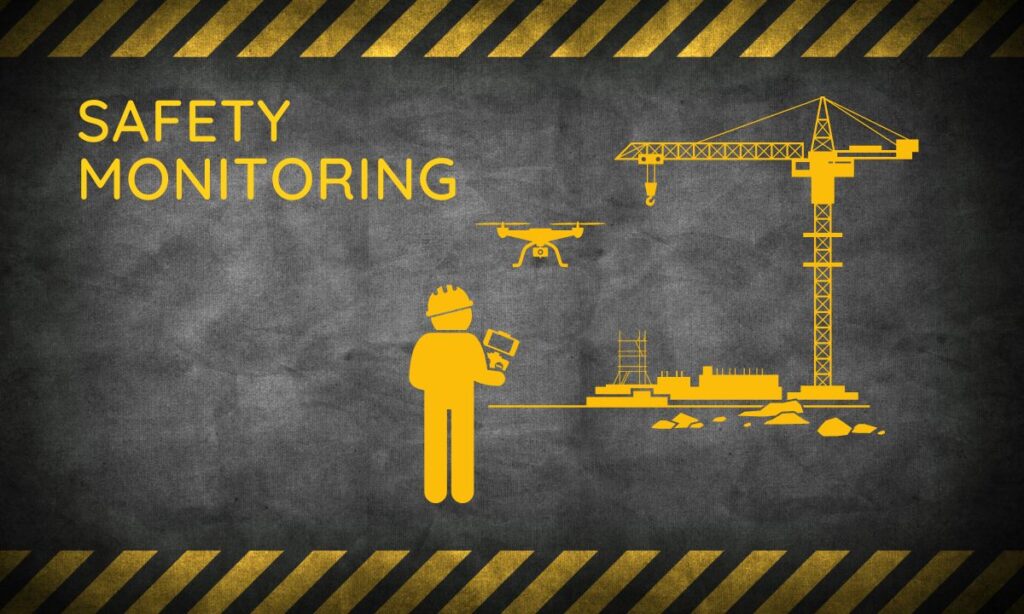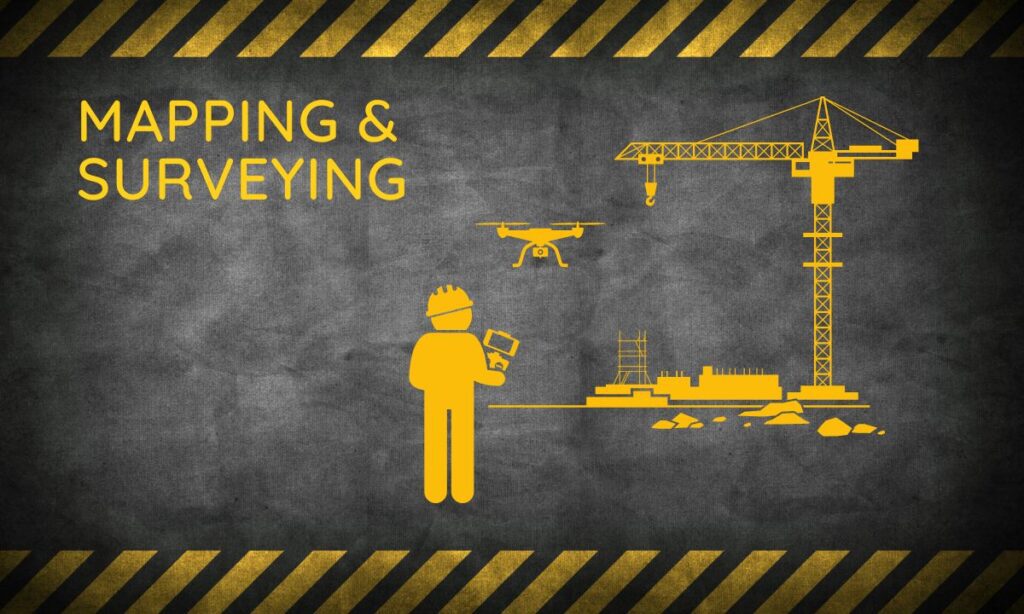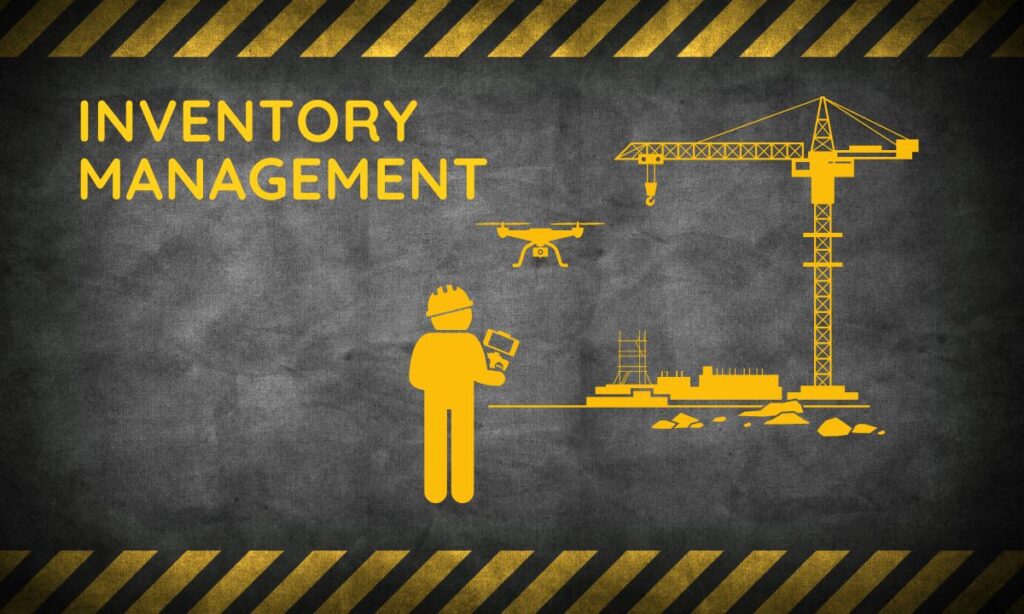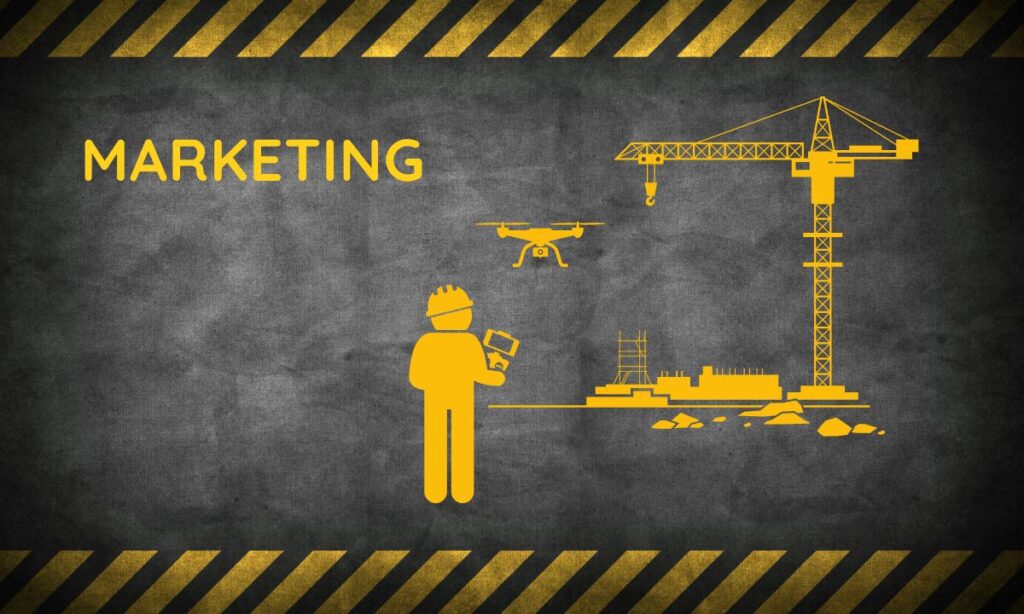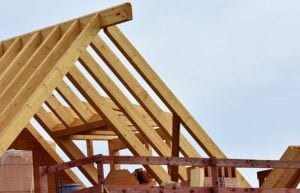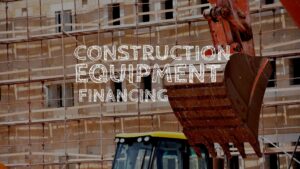Table of Contents
Ways Construction Companies can Integrate Drones
Drone technology has become increasingly popular in the construction industry due to its ability to capture high-quality data quickly and safely. Here are Some ways construction companies can integrate drone technology:
Site Inspections
Drones are being used by construction companies to perform site inspections in a safe, efficient, and cost-effective manner. Using drones, construction companies can capture high-resolution imagery and data of construction sites from the air, providing detailed information about the site and its surroundings.
- 3D Models: One-way drones are used for site inspections is to create 3D models of construction sites. Drones can capture site images from different angles and elevations, which can be used to create accurate 3D models of the site. These models can be used to identify potential issues with the site, such as terrain changes, elevation differences, or obstacles, and to plan construction projects accordingly.
- Site Conditions: Drones can also capture data on site conditions, such as topography, soil stability, and environmental factors. Using specialized sensors and cameras, drones can provide detailed information on the site's features and characteristics, enabling construction companies to make informed project decisions.
- Access to Hard to Reach Areas: Another practical use of drones in site inspections is for safety inspections. UAVs can be used to inspect hard-to-reach areas of construction sites, such as roofs, bridges, and towers, without putting personnel at risk. By capturing high-resolution imagery and data of these areas, drones can identify potential safety hazards and help construction companies take corrective action.
- Monitor Construction Progress: Drones can monitor construction progress and track project timelines. By capturing regular images of construction sites over time, drones can provide valuable data on project status and identify areas that require attention. This information can be used to optimize construction schedules, reduce delays, and improve project efficiency.
- Quality Control: Finally, drones can be used for quality control inspections, such as checking the quality of materials or verifying the accuracy of measurements. By capturing high-resolution images and data of construction materials and structures, drones can identify potential quality issues and help construction companies ensure their projects meet the highest standards.
Overall, drones are a valuable tool for site inspections in construction, providing construction companies with real-time data and imagery to help them make more informed decisions about their projects. Using drone technology, construction companies can improve project efficiency, reduce costs, and ensure that their projects are completed safely and to the highest quality standards.
APPLY NOW FOR DRONE FINANCING
Safety Monitoring
Drones are being used by construction companies to perform safety monitoring tasks safely and efficiently. Using drones, construction companies can monitor sites and identify potential safety hazards without putting personnel at risk.
- Inspect hard-to-reach areas: One-way drones are used for safety monitoring to inspect hard-to-reach areas of construction sites, such as roofs, bridges, and towers. Drones can capture high-resolution imagery and data of these areas, providing valuable information on potential safety hazards, such as loose bolts, corrosion, or cracks. This information can be used to take corrective action before accidents occur, reducing the risk of injury or death.
- Monitor Construction activities, ensuring they are conducted safely: Drones can also monitor construction activities, such as excavation, demolition, or blasting. By capturing real-time imagery and data of these activities, drones can identify potential safety hazards and help construction companies ensure that their operations are conducted safely and according to regulations.
- Emergency Response: Another practical use of drones in safety monitoring is for emergency response. Drones can be equipped with specialized sensors and cameras, such as thermal cameras and gas detectors, which can detect and monitor emergency situations, such as fires, gas leaks, or chemical spills. By providing real-time data and imagery of these situations, drones can help emergency responders take appropriate action quickly and efficiently.
- Monitor Worker's Safety: Drones can also monitor worker safety on construction sites. By capturing real-time data and imagery of workers, drones can help identify potential safety hazards, such as workers not wearing appropriate personal protective equipment or workers in unsafe locations. This information can be used to improve worker safety and reduce the risk of accidents and injuries.
- Compliance and Safety Regulations: Finally, drones can monitor construction sites for compliance with safety regulations. By capturing high-resolution imagery and data of construction sites, drones can identify potential safety violations and ensure that construction activities comply with local and national safety regulations.
Drones are a valuable tool for safety monitoring in construction. They provide construction companies with real-time data and imagery that can help them identify potential safety hazards, improve worker safety, and ensure compliance with safety regulations. Using drone technology, construction companies can reduce the risk of accidents and injuries, protect worker safety, and ensure that their projects are completed safely and efficiently.
Mapping and Surveying
Construction companies can use drones for surveying in project planning and design in the following ways:
- Site selection: Drones can be used to survey potential construction sites to assess their suitability for a project. They can capture high-resolution images and videos of the area, which can be used to identify any potential obstacles or environmental factors that could affect the construction process.
- Site analysis: Once a construction site has been selected, drones can capture detailed topographic data, including elevation, contours, and slope analysis. This information helps design infrastructure, such as roads and drainage systems. It can also help identify areas where excavation or grading may be necessary.
- Design verification: Drones can verify the accuracy of design plans by capturing aerial images and creating 3D models of the proposed structures. This can help identify design flaws or issues that may not be visible from ground level.
- Construction planning: Drones can be used to plan and optimize the construction process by capturing images and data that can be used to create detailed construction schedules and project plans.
- Cost estimation: Using drone data to create detailed 3D models and maps of a construction site, construction companies can accurately estimate project costs and identify potential cost savings.
Overall, using drones for surveying in project planning and design can provide construction companies with more accurate and detailed data, leading to improved efficiency, cost savings, and reduced risks during the construction process.
Inventory Management
Construction companies can use drones for inventory management in the following ways:
- Stockpile measurement: Drones can accurately measure the volume of materials, such as gravel, sand, and stone, in stockpiles. By capturing high-resolution images and data, construction companies can accurately estimate the number of materials on hand, which can help with purchasing and budgeting decisions.
- Equipment tracking: Drones can track the location and movement of construction equipment, such as bulldozers, cranes, and excavators. This information can be used to optimize equipment usage, identify potential maintenance issues, and improve overall equipment management.
- Asset monitoring: Drones can monitor construction sites and assets, such as scaffolding, fencing, and temporary structures. By capturing regular aerial images, construction companies can ensure these assets are in place and functioning correctly.
- Theft prevention: Drones can be used to monitor construction sites for potential theft and unauthorized access. Construction companies can quickly identify security issues and take appropriate action by capturing real-time images and data.
- Project tracking: Drones can track the progress of construction projects by capturing regular aerial images and data. This information can be used to monitor project timelines, identify potential delays, and optimize the construction process.
Overall, using drones for inventory management can provide construction companies with more accurate and timely information, leading to improved efficiency, cost savings, and reduced risks during the construction process.
Marketing
Construction companies can use drones for marketing in the following ways:
- Aerial photography and videography: Drones can capture stunning aerial photographs and videos of construction sites and completed projects. These images and videos can be used for marketing materials like brochures, websites, and social media posts.
- Virtual tours: Drones can create virtual tours of construction sites and projects. This allows potential clients and investors to better understand the project, including its scale and features.
- Site analysis and visualization: Drones can be used to capture detailed data and images of a construction site, which can be used to create 3D models and visualizations of the project. These models can showcase the project's design and features to potential clients.
- Time-lapse videos: Drones can capture time-lapse videos of construction projects from start to finish. These videos can showcase the construction process and highlight the company's capabilities and expertise.
- Social media marketing: Drones can capture videos and images that can be shared on social media platforms, such as Instagram and Facebook. These platforms provide an excellent opportunity to showcase the company's work and reach a broader audience.
Using drones for marketing can help construction companies stand out from their competitors and showcase their work uniquely and innovatively.
How Invoice Factoring improves cash flow for subcontractors in the construction industry
How does invoice factoring help subcontractors Subcontracting can be very rewarding business, especially if you are able to effectively manage…
Construction Equipment Financing
BNC Construction Equipment Financing division has built relationships with equipment Manufacturers and Dealers to offer our customers specialized financing and…
- « Previous
- 1
- 2
